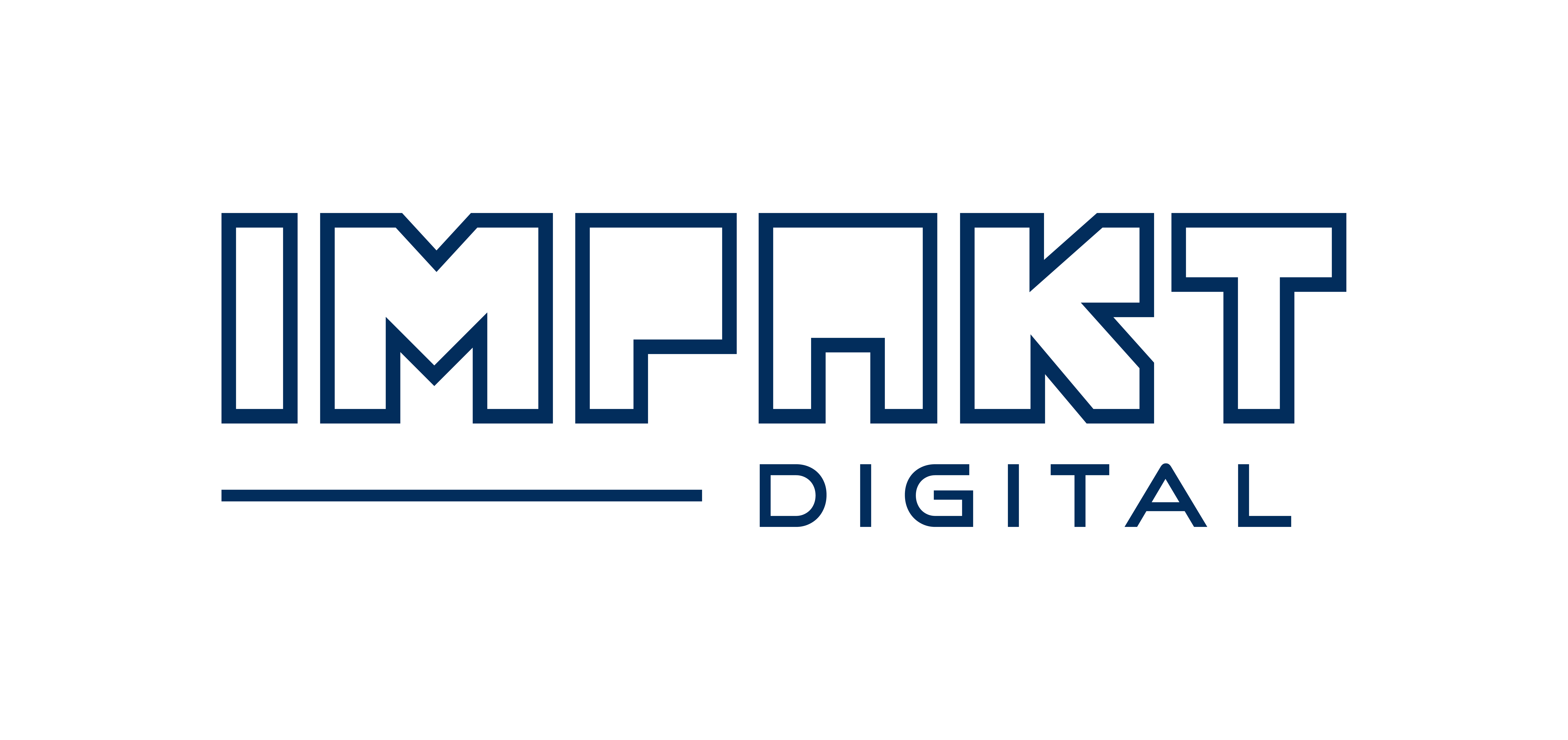
Experiencing a website hack can be one of the most distressing occurrences for a business owner. Not only does it pose serious threats to your proprietary data, but also damages your reputation among your clientele. In the digital age, the question isn’t “Will my website be hacked?” but “What do I do when my website gets hacked?” Let’s delve into a systematic strategy to effectively manage and recover from a website hack.
1. Keep Calm and Document Everything
- Detailed Records: Take screenshots and maintain a detailed log of everything unusual or unauthorized.
- User Reports: If users report suspicious activity, make sure to keep these communications on record.
2. Isolate and Communicate
- Isolate the Website: Temporarily take your website offline or restrict user access to prevent further damage.
- Inform Stakeholders: Notify your team and relevant stakeholders about the breach.
- Communicate with Users: Be transparent with your users, informing them about the breach and assuring them of corrective actions.
3. Engage Professional Help
- Hire a Specialist: Employ a cybersecurity expert or a firm specializing in website security.
- Legal Counsel: Engage your legal team to understand the potential implications and necessary disclosures.
4. Identify and Remove the Threat
- Scan for Malware: Utilize malware detection and removal tools to identify and eradicate malicious software.
- Manual Inspection: Explore server logs and file systems to find any irregularities or unauthorized entries.
- Remove Vulnerabilities: Patch all software and plugins, and eliminate any loopholes used by the attackers.
5. Restore and Strengthen
- Use Backups: Restore your website using the most recent, clean backup available.
- Update Everything: Ensure all platforms, plugins, and themes are updated to their latest versions.
- Enhance Security: Install a robust security plugin and implement a firewall.
6. Update Credentials and Inform Authorities
- Change Passwords: Update all passwords associated with your website and related accounts.
- Inform Authorities: Report the incident to local authorities and regulatory bodies.
- Contact Financial Institutions: If financial data was compromised, ensure to communicate with your bank or credit card companies.
7. Mitigating Future Risks
- Regular Backups: Implement a structured backup protocol to regularly store clean versions of your website.
- Security Audits: Conduct periodic security audits and vulnerability assessments.
- Employee Training: Ensure all team members are well-versed in cybersecurity best practices.
8. Learn and Adapt
- Analyze the Incident: Post-recovery, assess why the breach occurred and how it was handled.
- Document Learnings: Create a detailed report, highlighting key learnings and areas for improvement.
- Update Protocols: Revise your security protocols and emergency plans, incorporating insights from the incident.
9. Rebuilding Trust
- Communicate Resolution: Inform your customers and stakeholders about the resolution of the breach and new security measures in place.
- Offer Assurance: Consider offering credit monitoring services to affected users.
- Maintain Transparency: Be open about the steps you’ve taken to fortify security and prevent future attacks.
10. Establish a Robust Security Culture
- Promote Security Awareness: Make cybersecurity a pivotal part of your organizational culture.
- Invest in Security: Allocate adequate resources towards securing your digital assets.
- Continuous Improvement: Adopt an attitude of continual improvement toward cybersecurity measures.
Conclusion
The pathway to recovery after a website hack is as much about managing the current crisis as it is about fortifying against future threats. By adopting a transparent, systematic, and user-centric approach, business owners can navigate through the turbulent times of a website hack while safeguarding their reputation and ensuring the longevity and integrity of their online presence. Always remember: Preparation is key, and a stitch in time, especially in cybersecurity, saves nine.


